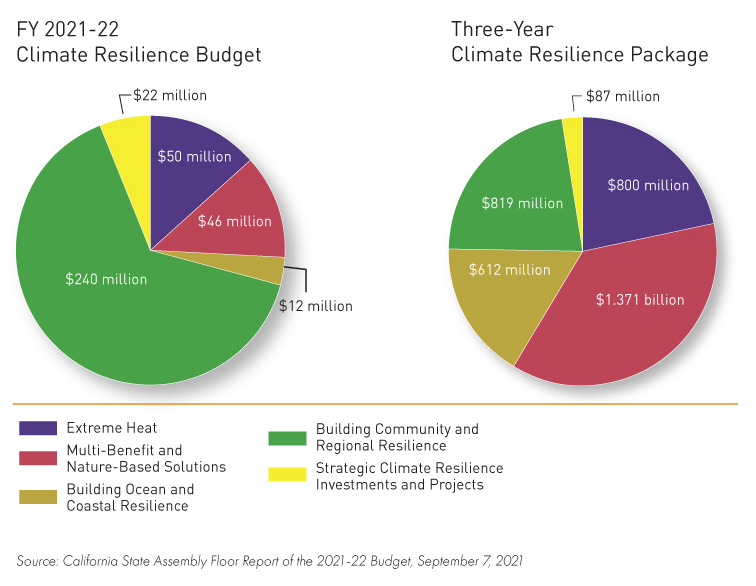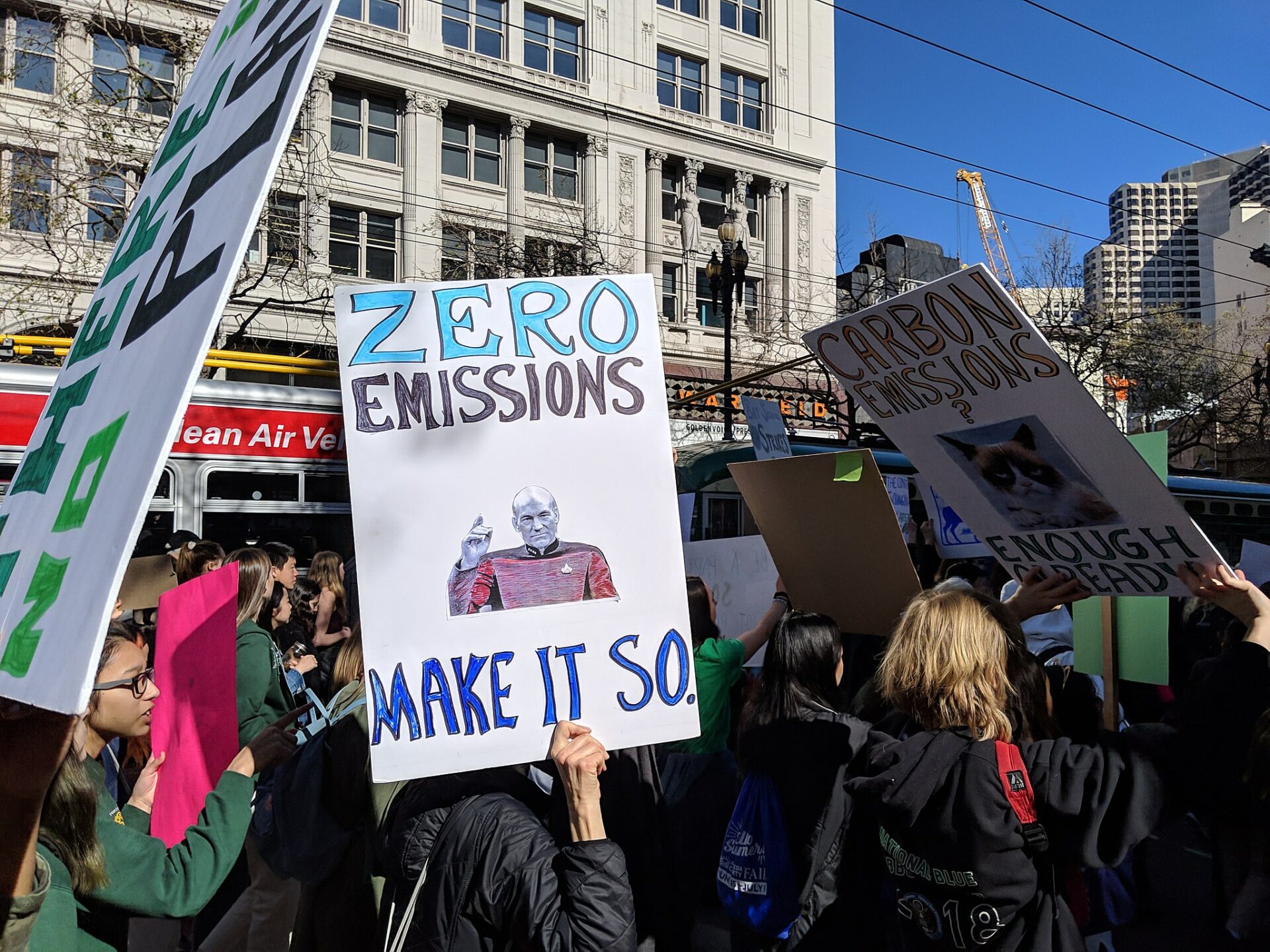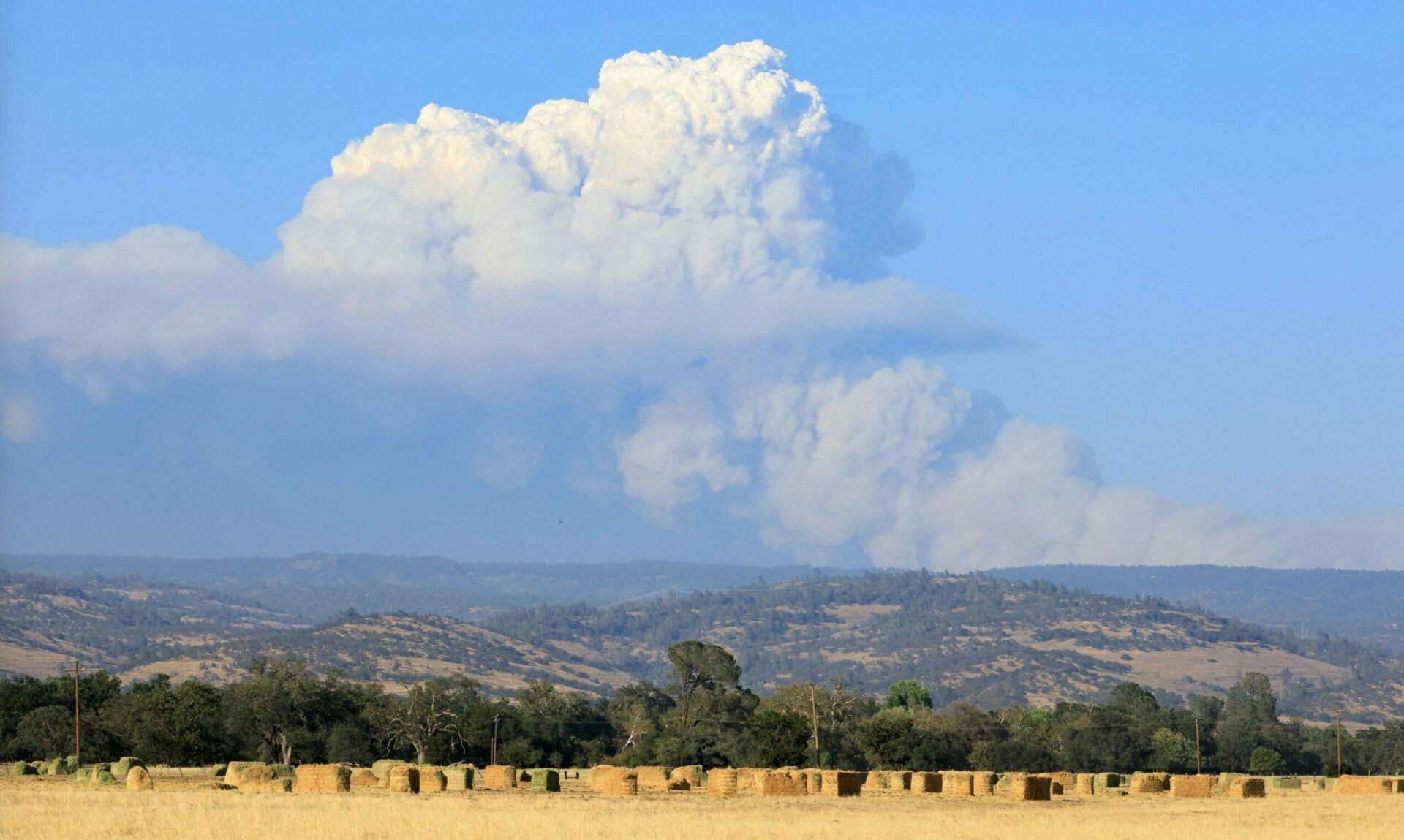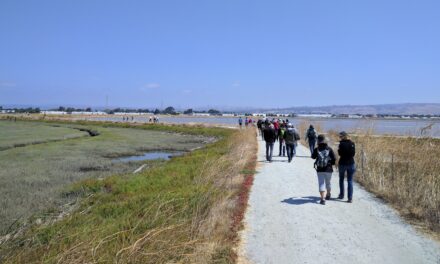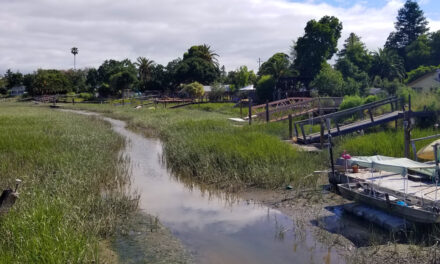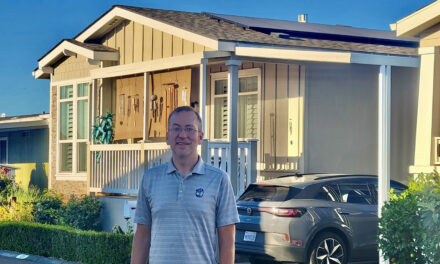“This funding will align state, regional and local adaptation efforts. It will hopefully encourage the many agencies and local jurisdictions to collaborate on effective, science-based and nature-based regional solutions.”
On September 23, as part of a historic $15 billion climate package, Governor Newsom signed two bills that together provide the blueprint for a landmark three-year, $3.7 billion climate resilience budget. The money represents a heretofore unthinkable commitment to addressing the impact of climate change on the state.
“We are at a completely different place than anyone could possibly have imagined at the start of this year,” says the Local Government Commission’s Roger Dickinson, noting that in January the governor’s proposed budget only included about $1.1 billion for climate resilience.
The package emphasizes local and regional approaches to adaptation, with a total of $819 million to support planning and implementation. “Cities, counties and tribes are on the front lines. They have responsibility for the land use decisions that will determine how we adapt to climate change,” says the San Francisco Estuary Institute’s Warner Chabot. “This funding will align state, regional and local adaptation efforts. It will hopefully encourage the many agencies and local jurisdictions to collaborate on effective, science-based and nature-based regional solutions.”
Of that money, $12.5 million per year is specifically set aside for regional climate adaptation planning. “That’s really exciting for us regional agencies, says Rebecca Long of the Metropolitan Transportation Commission and the Association of Bay Area Governments. “There’s a ton of work to do so these funds are a great start.”
The 22 line-items in the package include large targets, but little detailed discussion of how the money is to be spent.
“In many respects this package is the 30,000-foot view,” says Dickinson. “An enormous amount is going to depend on how it is implemented.”
Over the three years the largest expenditures are for nature-based and multi-benefit solutions, with a total commitment of nearly $1.4 billion, much of which will be distributed through various state conservancies.
“I am really heartened that nature-based infrastructure is receiving much more attention,” says Marilyn Latta of the Coastal Conservancy, which has piloted numerous innovative reefs, levees, and habitat connectivity projects but sees the need to bolster statewide capacity. “We need to apply what we’ve learned and continue testing and building projects, or we won’t learn fast enough, and we won’t build habitat fast enough, to be able to adapt.” Latta would like to see some of the money spent on a programmatic living shorelines program in San Francisco Bay that the Conservancy is already discussing with other partners.
“Thinking of the projects as a group, and designing, permitting and constructing them as a group, would allow us to advance more projects faster,” she says.
The resilience package also includes significant funding for environmental justice and resilience projects in disadvantaged communities. The second largest allocation is for the Strategic Growth Council’s Transformative Climate Communities program, which will also receive the largest share of funds ($115 million) appropriated for 2021-22. The goal of the TCC is to “systematically address how we can transform the most disadvantaged communities affected by climate change,” says the Council’s Saharnaz Mirzazad.
The program requires communities to “identify the greenhouse gas-reducing infrastructure needed to transform their neighborhood.” Applicants can choose from a suite of projects borrowed from the California Climate Investment program, and all projects must be climate change resilient. The program relies on CalEnviroScreen screening tool to identify the disadvantaged communities most burdened by pollution, greenhouse gas emissions and socioeconomic conditions. In previous rounds of funding, only communities falling in the most disadvantaged 10 percent were eligible, leaving some Bay Area communities most at-risk from climate change, such as East Palo Alto, ineligible. However, Mirzazad says the SGC has committed to expanding program eligibility to the most disadvantaged 25% of communities, which will encompass a number of low-lying Bay Area locations, from Richmond to Santa Clara.
The larger climate package includes previously unheard of funding for wildfire and water resilience: $2.5 billion for wildfire prevention and response—including a continuous appropriation of $200 million per year from the state’s cap-and-trade program until 2028-29—and three-year $5.2 billion water and drought resilience package. California would also receive money from the $47 billion in federal climate resilience funding included in the federal bipartisan infrastructure bill, the fate of which is unclear at press time.
Amid all the salivating over the prospect of all those dollars, Bay Area Metro’s Long says it’s important to keep in mind that only about $370 million of the resilience money is actually appropriated in this year’s budget—the rest is subject to future appropriations.
“It’s a great foundation,” says Long of the money in this year’s budget, “but $3.3 billion of the package is essentially a promise without money behind it at this point. To make it real will require concerted advocacy over the next two years.”
Dickinson says he’s pretty confident that the promised money will materialize, but notes that the important question is what happens next. “This is a big step, there’s no question about it,” he says. “But now comes the real work of applying this money wisely, and that’s something that I think both advocates, and hopefully the broader public, as well as the legislators, will need to be engaged in along with the administration.”







